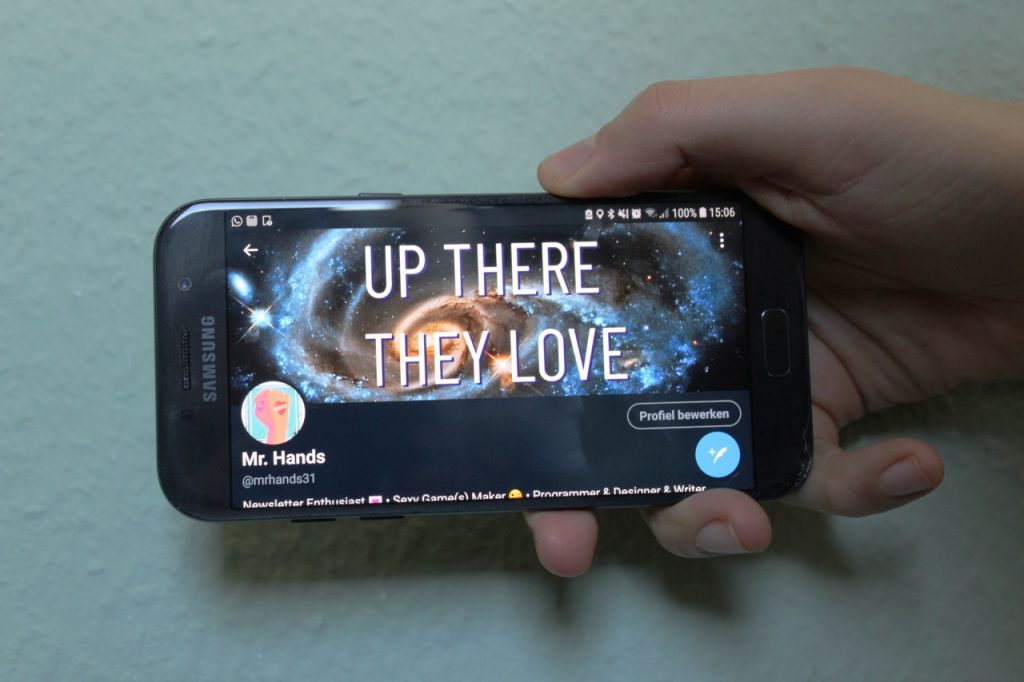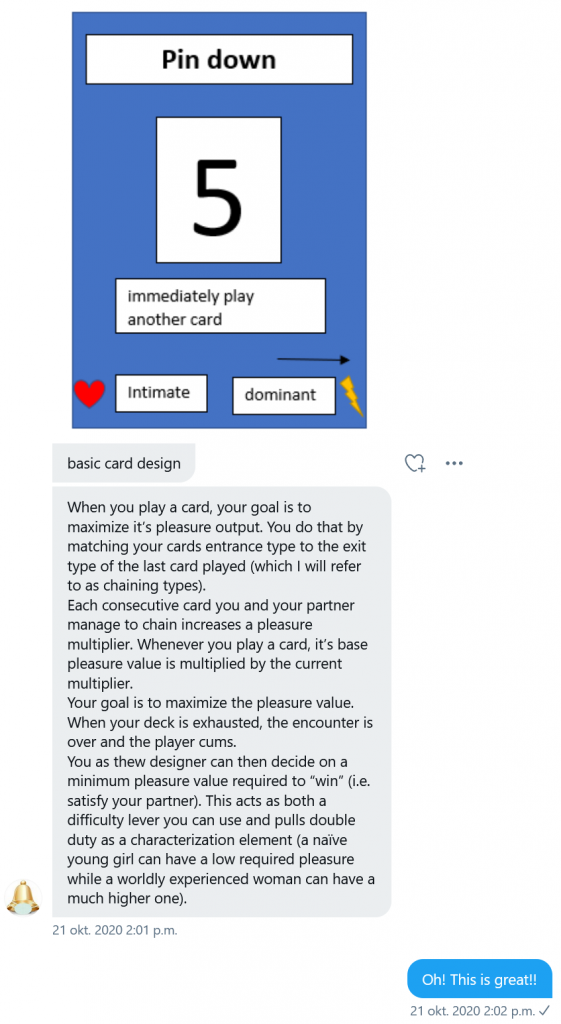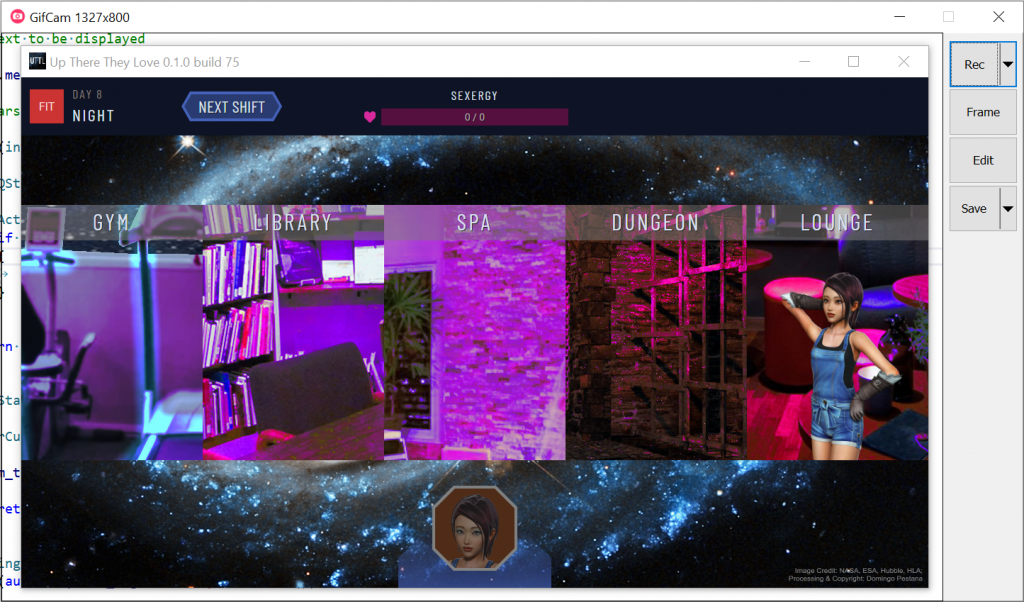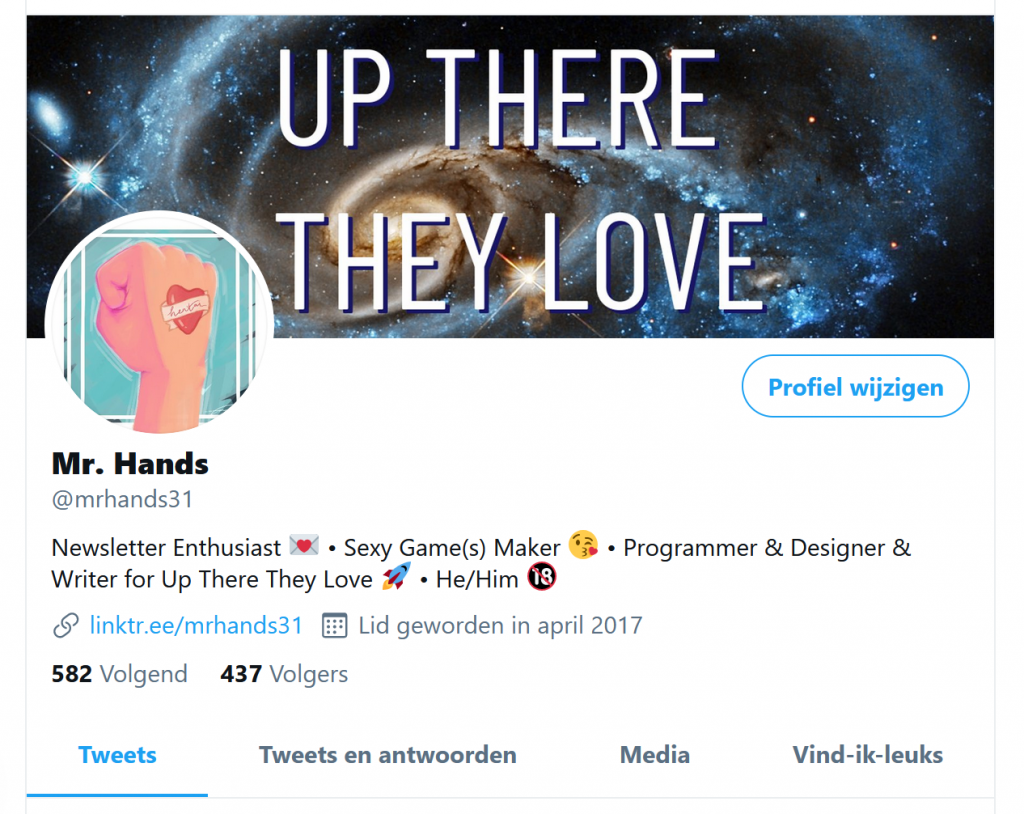
One of the biggest issues facing game developers of all stripes is staying motivated during development. Making games is hard work and a lot of what we do does not pay off straight away. Luckily, we can use platforms like Twitter to keep in touch with our fans, engage with our peers, and keep ourselves motivated during development.
Unfortunately, when you work on games professionally, sharing what you work on isn’t always allowed. You’re often under strict non-disclosure agreements (NDA) that keep you from talking about the game you’re working on. I should know, I’ve worked on AAA games for almost eight years now. There are many things I learned from that experience that I wish I could have shared online.
But if you’re working on your own game, you get to make the rules. And that means I get to share a lot more about how the sausage is made. Since I have a marketing budget of $0, there’s virtually no risk involved!
This article is the third in my series about productivity. Previously, I’ve written about how I manage my schedule and prioritize my tasks. This last part is all about how I use audience engagement to stay motivated. So really, this article is all about you!
Why I’m sharing
AAA is kind of a devil’s bargain: you get to work with amazingly clever people who build extremely impressive tech, but you’re not allowed to share this knowledge with anyone outside the company you work for.
The reason for this level of secrecy is actually very simple. AAA game companies are deathly afraid that they will lose their competitive edge if they share their ideas. That’s part of the reason why I have a project on the side. I don’t have to fear breaching my NDA when I talk about the tech stack I’ve built for my own game.
My goal for this blog is to share what I’m learning about developing my own game. Since I’m a one-man-band, there are a lot of topics to cover: building an engine, writing a narrative, marketing online, etc.
And so today’s topic is how I use Twitter to market my game and find motivation to keep working on it.
About my game

My game is called Up There They Love. It combines a character management sim and a deck-building game in a visual novel. That’s a lot to take in! The short summary is that you fly your spaceship around an alien solar system as you pick up crew members. You and your crew then attempt to stop an evil cult from outlawing sex. It’s been really fun to work on because I built my own engine and designed the game on paper first.
Up There They Love has been in development for almost three years now. But that doesn’t include the years in which I’ve thought about making it. The game combines everything I love: sexy space adventures, a systems-heavy design, a C++ backend, and an HTML 5 frontend.
But I also realize that the game won’t be a commercial success if I can’t find an audience for it. That’s why I try to grow my audience before the game is even available.
Growing an audience
The first way I use Twitter is to engage with fans. The best way to grow your audience on the platform is to give people a reason to follow you. But I don’t want just anyone to follow me, I’m looking for people that are interested in sexy games.
I don’t have a lot of art of my game to share yet and I find it hard to be witty all the time. Luckily, there are other ways I can make myself stand out on the platform.
I realized early on that the hashtag #visualnovel was the best way to find projects that are similar to my own. By engaging with these creators with retweets and comments, I can make my feed more interesting while helping them raise their profile at the same time.
And this is really how the attention economy works on Twitter: retweets help everyone reach a wider audience over time. In a similar vein, I retweet people like Ana Valens, who writes thoughtful pieces about sex in games. From there, it’s an easy step to make to also talk about societal issues with sex.
My audience is therefore composed of:
- People who want to play sexy games
- Those interested in what it means to have sex in games
- People concerned about societal issues related to sex
By keeping these interests in mind, I can cultivate an audience over time that should turn into a loyal fanbase. Those early adopters will be critical to spread the word once my game is out. Because the worst outcome for my game’s release isn’t that it bombs in reviews but that it passes by unnoticed.
Connecting with peers
Another big reason to post updates so early on is to create opportunities for my peers to engage with me. Finding like-minded people that are working on similar games means I can share tips and feedback with them. This in turns creates a positive feedback loop where they are more likely to share my updates and I’m more likely to share theirs..
It also means that I become part of a community on Twitter that helps me stay motivated. When I am stuck on a thorny problem, I can reach out to my peers. And if I ask nicely they can give me detailed feedback to help me get unstuck:

Connecting with your peers is also a great tool to help off stave the dreadful loneliness of working on a game by yourself. People love seeing the progress on my game, it’s why they follow me! So when I see my posts doing well, it reminds me that people care about what I’m trying to make.
But what I wanted to figure out is: what would happen if I started posting updates every day?
Posting every day
I ran an experiment for six weeks between mid-December and mid-January. I had quit my last job and had to wait for my new one to begin. This meant I could finally devote my full attention to my game. It gave me the perfect opportunity to try tweaking my social media strategy as well.
During this period, I wanted to test my theory that engaging with my audience on Twitter could help me keep motivated and on track. My reasoning was that by focusing on what matters, I could have something new to post every day, which is what the algorithm loves to see.
I started out by making a calendar for myself and putting it in a thread on Twitter:
The intent with this calendar was that I would update it every day with my latest progress, just like if I were doing stand-ups with my team. I would add a small update every day to explain what I worked on. This created a small amount of engagement every day, which helps push my feed to more people. But more importantly, it helped me stick to a consistent schedule for posting.
After getting out of my deep work session in the morning, I would usually end it by summarizing the day’s work in one of these updates.
Fresh updates every day
To be honest, I did give up on updating the thread at some point. Nevertheless, I posted an update to Twitter every day I worked on my game. It could be a video of the latest gameplay feature, a screenshot of a newly designed screen, or just talking about a particularly difficult issue I had to overcome.
As I suspected, all this posting caused a very positive effect. I would focus more on making tangible and visible progress on my game, which in turn created more engagement from my audience. It turns out that having something cool to post every day really helps with building an audience. Who would have thought!
Focusing on what matters
In order to get an update out every day, I had to focus on what tasks would have the most impact right now. Take this video for example, where I show that the card game now has an AI partner that plays their own cards:
I wasn’t actually happy with this result. The computer-controlled player plays their hand instantly, which is hard to follow if you’re not already familiar with the game. But when I took a step back I realized that this is fine: getting the logic in is one task and doing the animations is another.
Too many times we get stuck on achieving perfection when it’s so much better to ship something imperfect and iterate on it. Having some form of public accountability really helped me internalize that I needed to focus on what matters today, even if that means leaving some work for tomorrow.
Audience concerns
This back-and-forth with my audience forced me to address a number of lingering issues as well. I was not able to record gameplay with GifCam due to faulty cursor handling, which I had never bothered to address. But now I was unable to post videos of the cool stuff I was building, so it suddenly became the most important task on my to-do list.

Another issue that popped up was DPI awareness. I’m using a 4K monitor at home and I have the DPI cranked up to spare my eyes. So of course, my game already supports high DPI settings and adjusts the window size according to the setting for your monitor. However, that becomes a problem when recording video, especially when you’re recording using GifCam. Since every frame in the video output is an uncompressed image, the files became unwieldy very quickly.
And so turning off the DPI awareness suddenly become much more important, which allowed me to record videos with more reasonable file sizes. This work will not go to waste: the setting will be available in the final build as well.
Public accountability
Of course, prioritizing the tasks that look good on Twitter isn’t necessarily a good thing. This can also cause you to focus on flashy visuals to the detriment of building solid fundamentals for your game. During my experiment, I made sure not to lose sight of that. I explicitly built time into my schedule for more foundational work as well.
For example, when I was working on the AI for my card game, I made sure to also work on the UI design for another screen. Both of these tasks were critically important, but the UI design was a lot easier to show off in a screenshot!
In general, this type of public accountability helped me stay motivated to push the game along. I highly recommend giving it a try for your own game.
Choosing your platform

Because I’m only one person, I have to be picky about how I divide my time between platforms. My main platform is Twitter, but I’m active on Discord as well. I also run a newsletter on Substack about the adult games industry. I only use Reddit when I’m posting one of my articles (Hi Reddit! 👋). I don’t use Facebook or Instagram at all for my marketing.
Altogether, this still takes quite a lot of time! In a future article, I will explore how these platforms interlink in my social media strategy.
Conclusion
I use Twitter to keep myself motivated in three important ways:
- Cultivate a loyal fanbase for my game
- Connect with peers and share advice
- Focus on the tasks that matter most
I want to make sure that I have an audience for my game at release time. So even though I’m still very early in development, I will continue to share updates regularly. I think this experiment proves that there are really no downsides for me.
Moving forward, I definitely won’t be able to post as much about the development of my game. But I do think I will be applying the main lesson I’ve learned from this experiment:
Post early, post often, and stay true to yourself. 😘